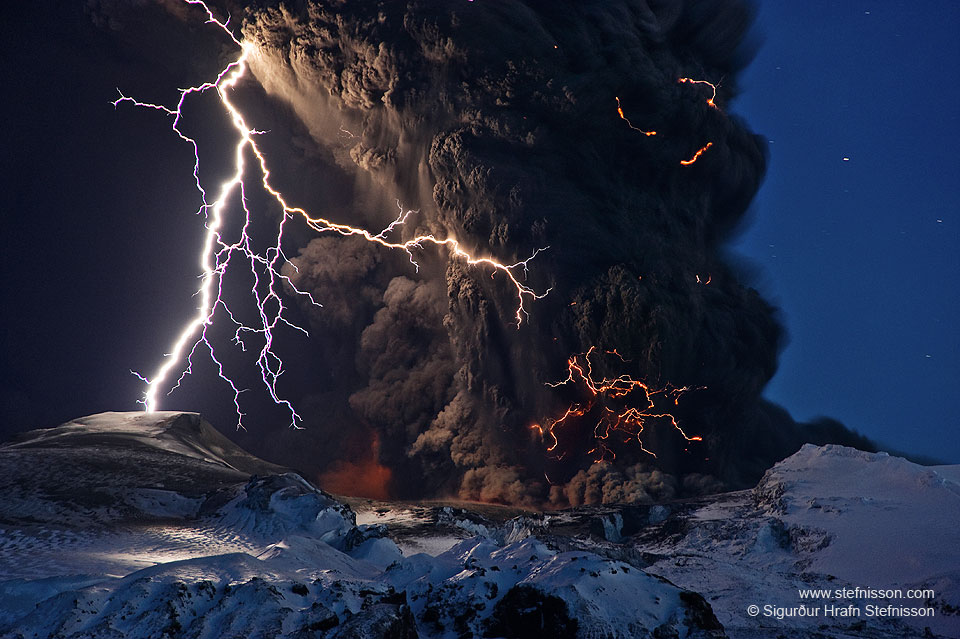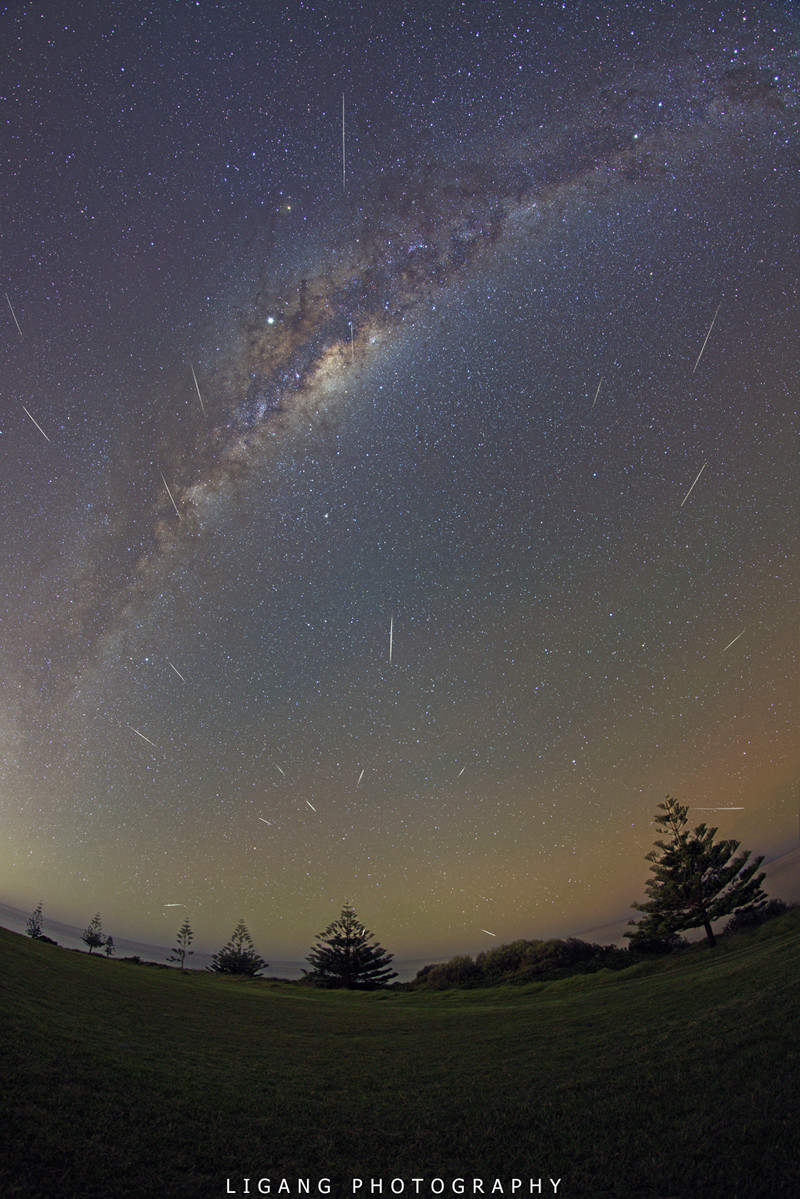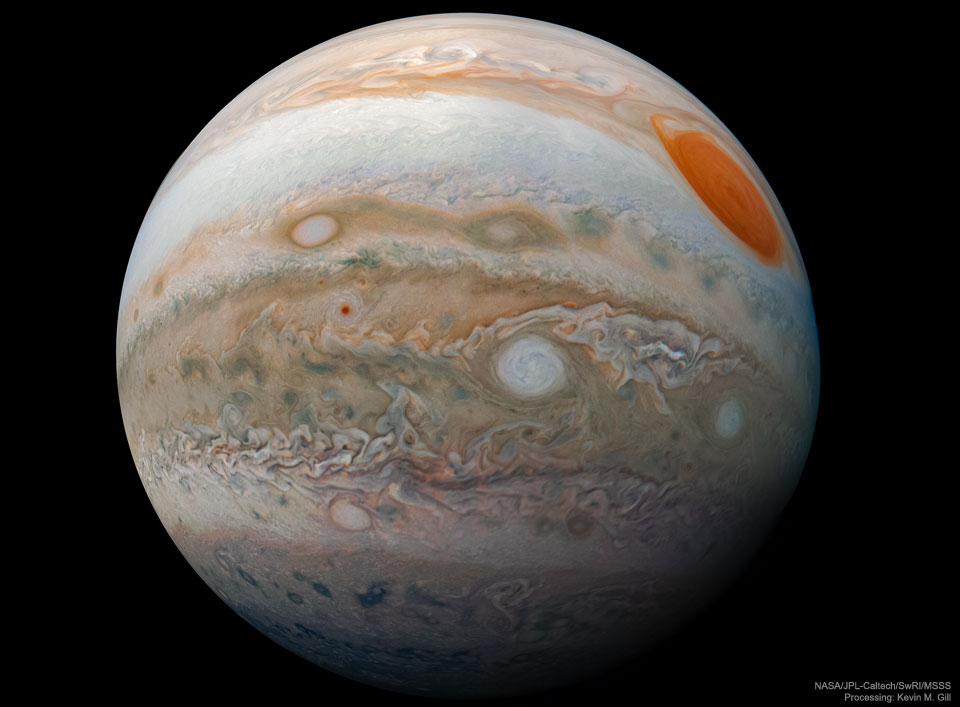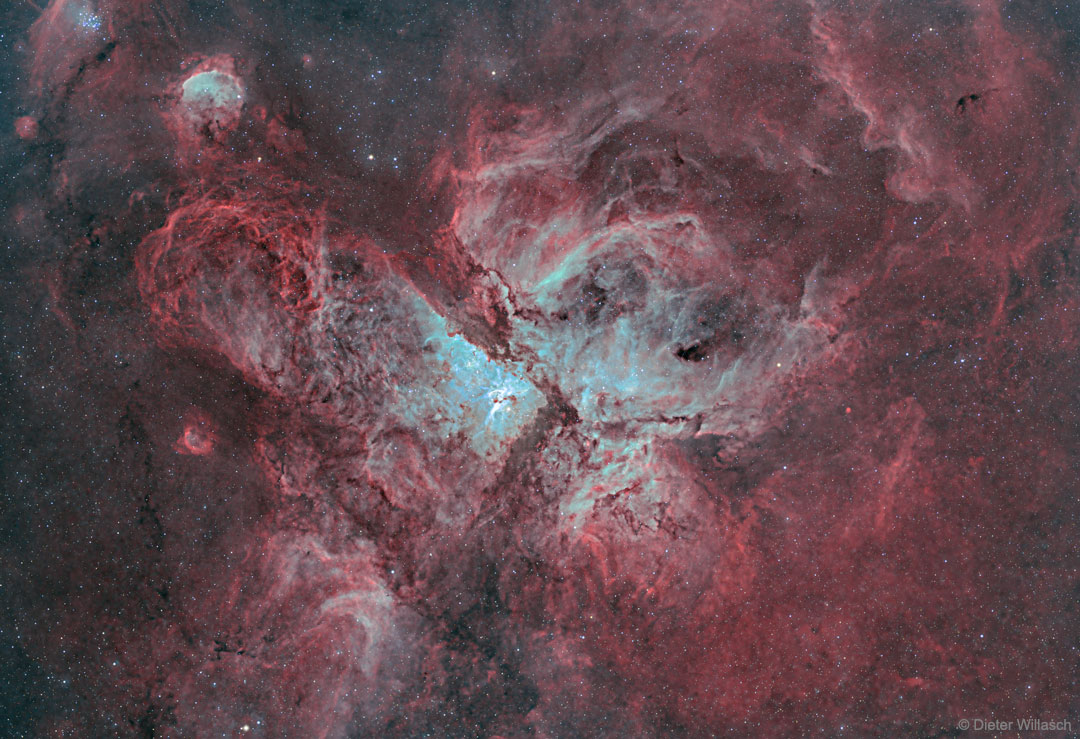
Le dragon des abysses est un lophiiforme, comme la baudroie, en général appelée lotte sur les étalages des poissoniers, qui prennent soin de retirer la tête. Plate, très large et enlaidie par un relief de peau tourmenté (un excellent camouflage), elle est possède une sorte de canne à pêchearticulée. Le dragon des abysses dispose du même instrument mais, la lumière étant presque inexistante dans les grandes profondeurs, il est terminé par un organe bioluminescent, pour attirer ses proies près de sa gueule énorme. Peu connu des scientifiques, vivant entre 1 et 3 km de profondeur et dans l'obscurité presque complète, ce poisson est difficile à observer.
D'après l'institut de recherche de l'aquarium de Monterey Bay (Mbari), qui a montré ces images en 2015, c'était la première fois que l'animal était filmé en mer. Après cet enregistrement, les biologistes ont récupéré le poisson pour son observation. En effet, son étude permettra de mieux comprendre l'animal et ainsi aider à sa conservation en milieu naturel. C'est l'occasion pour les scientifiques d'en apprendre plus sur ce surprenant animal des abysses.
© Mbari









